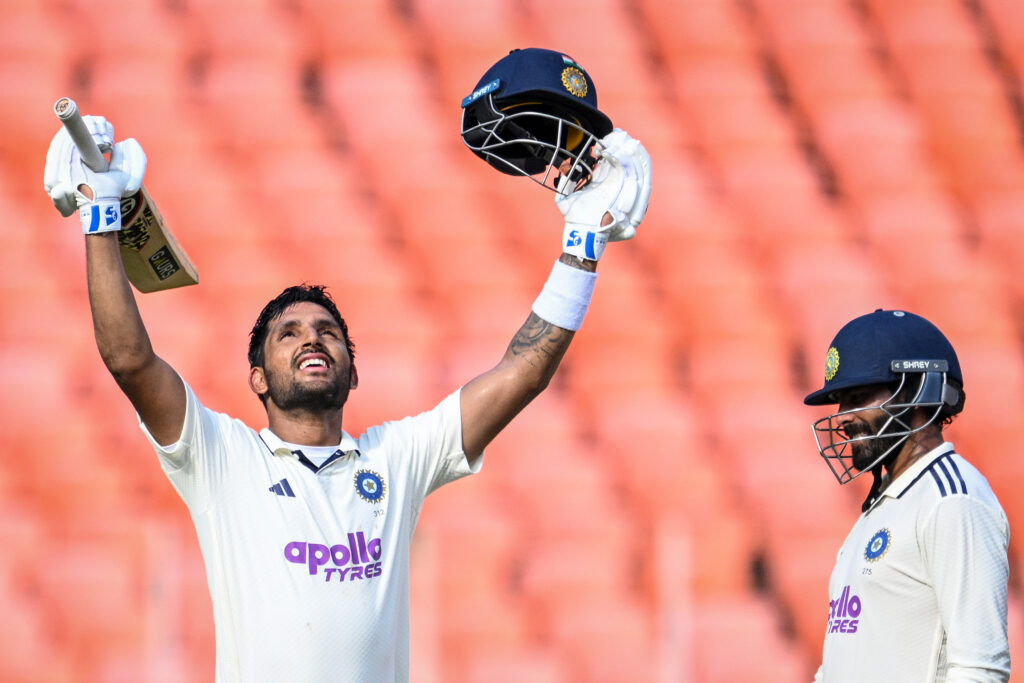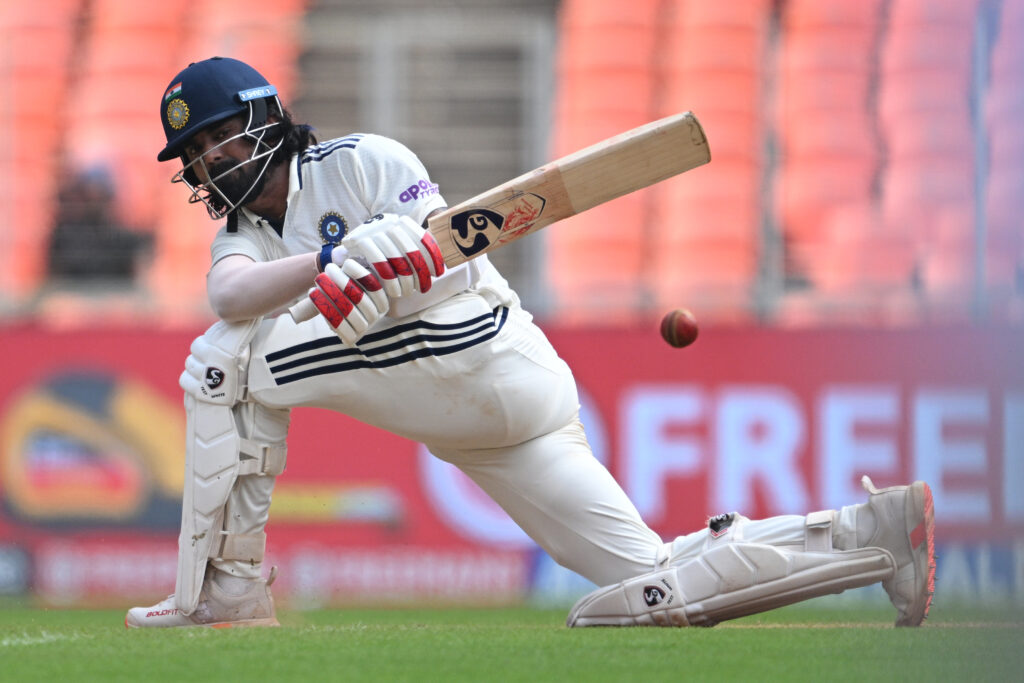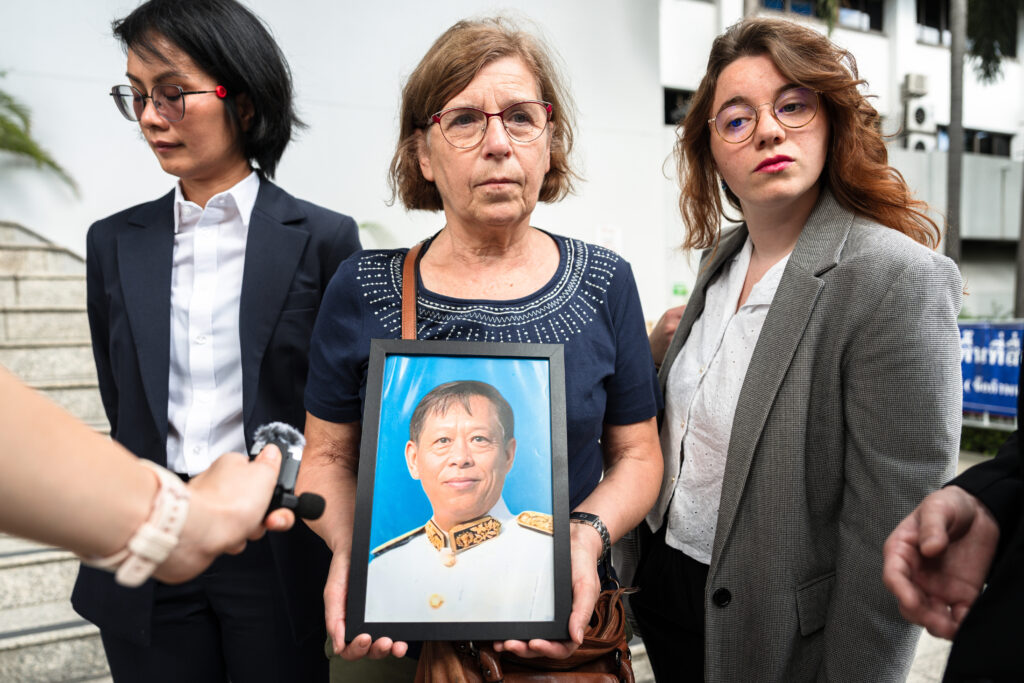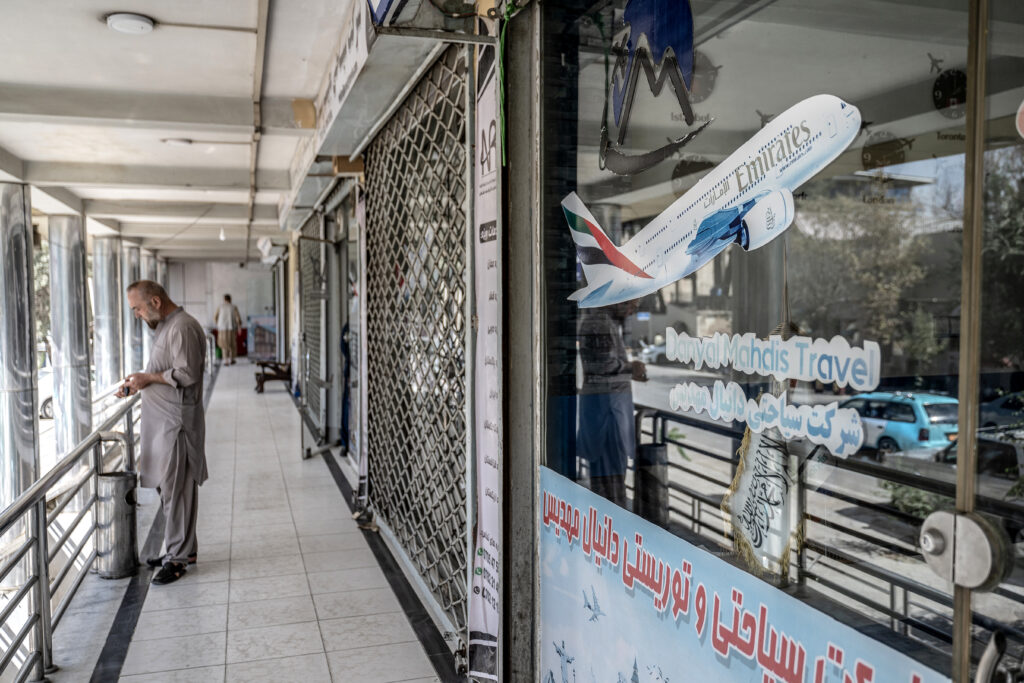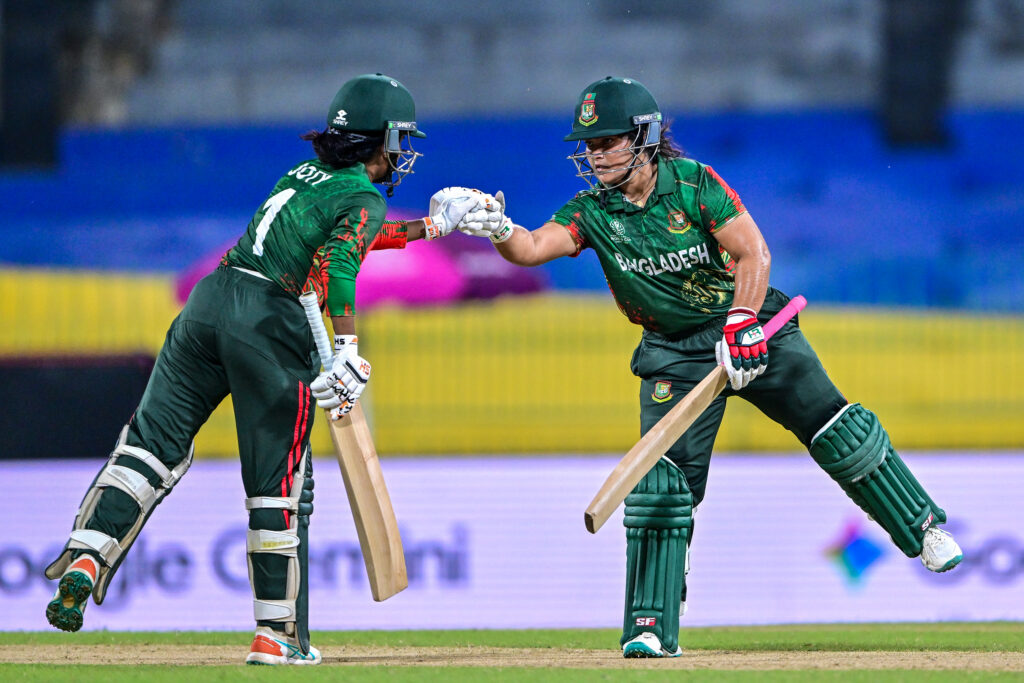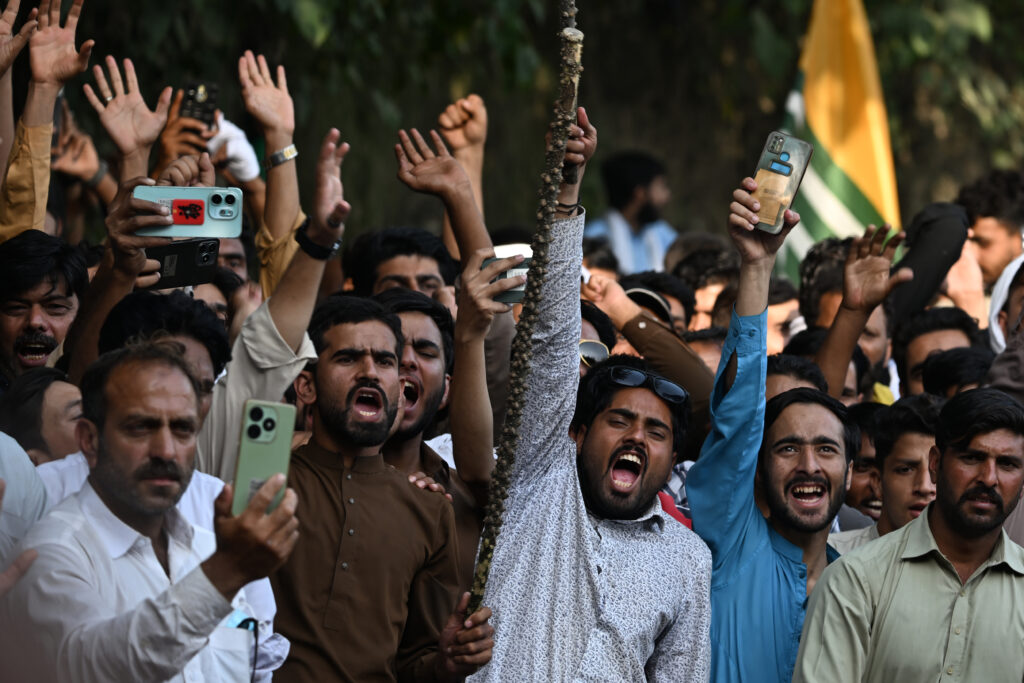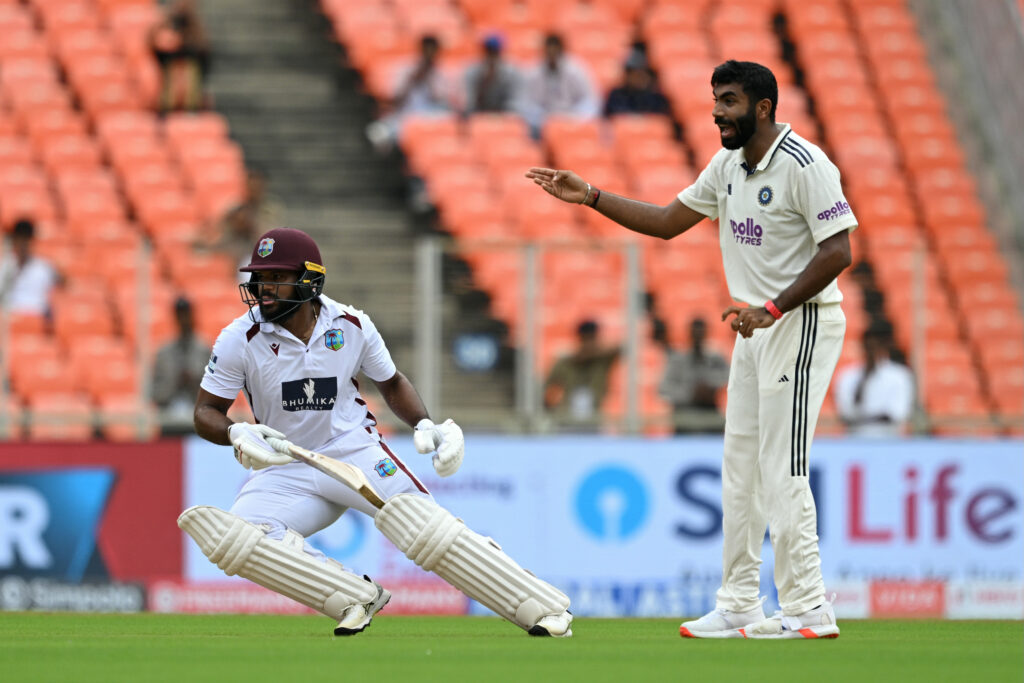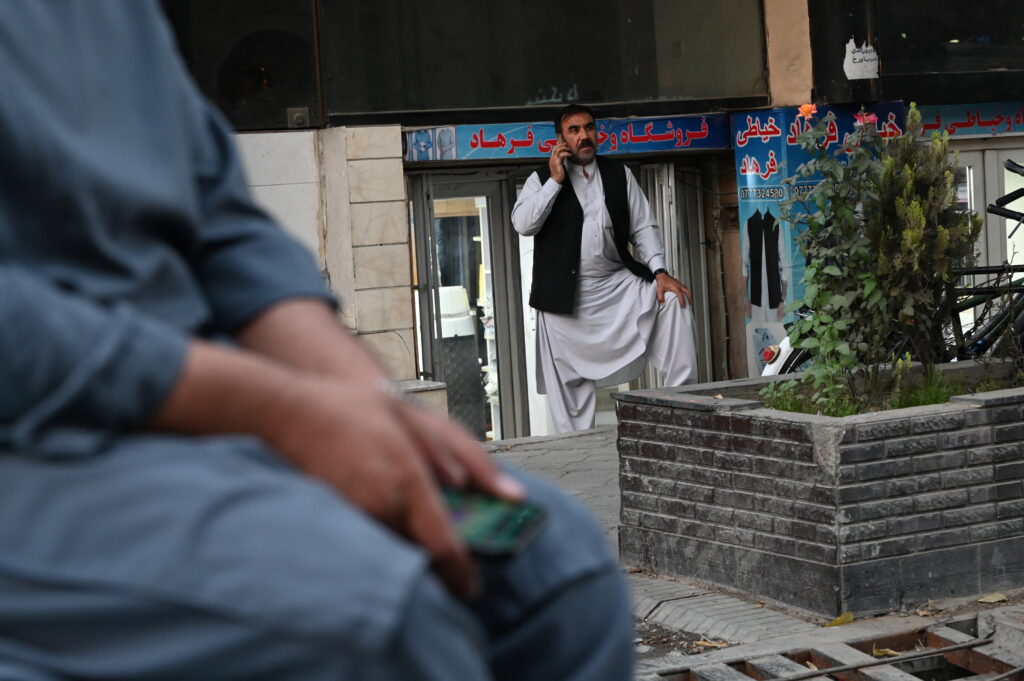Jurel, Jadeja tons put India in firm command of West Indies Test
Dhruv Jurel and Ravindra Jadeja hit attacking centuries to put India in total control with a lead of 286 against the West Indies in the first Test on Friday.KL Rahul led the batting show with his 100 before Jurel, who made 125, and Jadeja piled on the agony for the opposition bowlers in a marathon stand of 206 on day two in Ahmedabad.India reached 448-5 at stumps in response to West Indies’ first-innings 162.Jadeja was batting on 104 alongside fellow left-hander Washington Sundar, on nine, at close of play.Wicketkeeper-batsman Jurel raised his first Test ton with a boundary off West Indies skipper Roston Chase and the son of a war veteran celebrated with an army-like tribute with his bat.A second-choice wicketkeeper who made the team in the absence of injured Rishabh Pant, Jurel said he was grateful for any opportunity.”It’s a huge privilege, even if you are not getting the chance you are with the squad,” Jurel, who was playing his sixth Test, said.”How many get to be with the squad and how many play Test cricket? I am very glad and if I am not playing the match, I keep working hard.”I know one day I will get an opportunity and I have to be 100 percent ready to be able to deliver.”Jurel took the attack to the visitors with 15 fours and three sixes before he became the first Test wicket of debutant left-arm spinner Khary Pierre.Jadeja plundered his sixth Test hundred in front of a sparse crowd at the world’s biggest cricket stadium and celebrated with his trademark sword celebration.He hit six fours and five sixes.- ‘Tough day’ -“It was a tough day on a nice wicket to bat,” West Indies bowling coach Ravi Rampaul said. “We tried different tactical strategies. Nothing much the bowlers could have done more.”In a rare breakthrough for the visitors, Jomel Warrican had Rahul caught at short extra-cover with his left-arm spin on the fifth ball after lunch. The opener did not trouble the scorers after reaching his 11th Test century.Rahul reached the ton in the morning session, kissing the India flag on his helmet and soaking in the applause from the few hundred fans sprinkled in a sea of orange seats at the 132,000-capacity stadium.Starting the day on 121-2, Rahul and skipper Shubman Gill, who made 50, put on 98 runs to pile on the agony for the West Indies.The two overnight batters had a few nervy moments.Rahul survived a reprieve on 57 when an edge from his bat went between the wicketkeeper and slip in the first over.Rahul, who started the day on 53, hit regular boundaries with his exquisite timing and technique.Gill looked to find his mojo after a cautious start and reached his eighth Test fifty with a single off Pierre.The captain soon got out to Chase’s off-spin after he attempted a reverse sweep but lobbed it to Justin Greaves at slip.The West Indies have struggled in the absence of premier fast bowler Alzarri Joseph and Shamar Joseph, both ruled out ahead of the series with injury.India are strong favourites to win 2-0 against an opposition that is a pale shadow of the team that once ruled world cricket.
